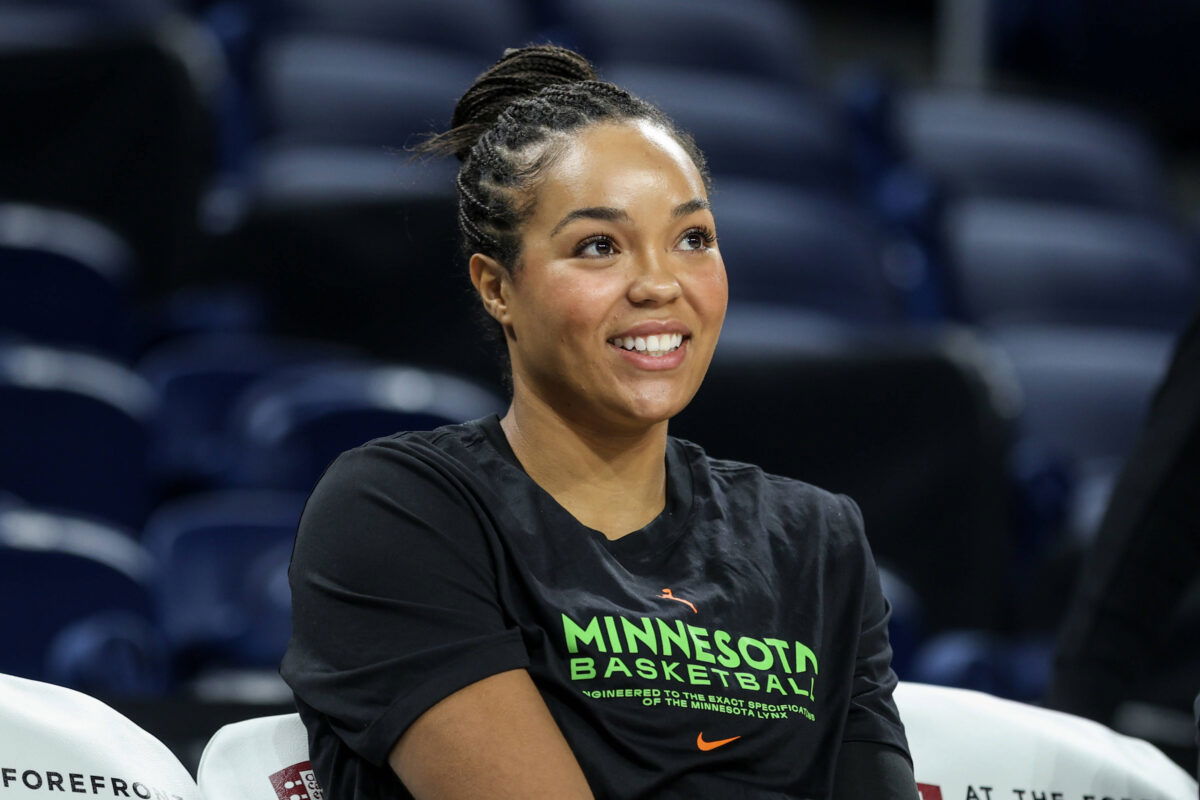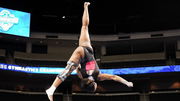
Imago
Chicago, USA, July 14, 2025: Napheesa Collier 11 Minnesota Lynx sits on the bench before the game between the Chicago Sky and Minnesota Lynx on Monday July 14, 2025 at Wintrust Arena, Chicago, USA. NO COMMERCIAL USAGE Shaina Benhiyoun/SPP PUBLICATIONxNOTxINxBRAxMEX Copyright: xShainaxBenhiyoun/SPPx spp-en-ShBe-8P6A0177

Imago
Chicago, USA, July 14, 2025: Napheesa Collier 11 Minnesota Lynx sits on the bench before the game between the Chicago Sky and Minnesota Lynx on Monday July 14, 2025 at Wintrust Arena, Chicago, USA. NO COMMERCIAL USAGE Shaina Benhiyoun/SPP PUBLICATIONxNOTxINxBRAxMEX Copyright: xShainaxBenhiyoun/SPPx spp-en-ShBe-8P6A0177
The league is set to receive a staggering $2.2 billion, yes, that’s billion with a “B.” With this massive influx of cash and soaring audience numbers, you’d expect the players to see their paychecks rise accordingly. But the reality is starkly different. The average salary in the WNBA still hovers around $100,000, a figure that falls significantly short when stacked against other leagues enjoying similar success.
Watch What’s Trending Now!
Tensions reached a boiling point during the WNBA All-Star weekend as players intensified their push for fair compensation. After a first meeting that yielded no fruit, the athletes made their message crystal clear by wearing bold jerseys emblazoned with: “Pay Us What You Owe Us.” The message was clear: the players are demanding as much as they are bringing in – no more, no less. And it makes all the sense in the world. As ESPN’s Michael Voepel wrote on X: “Every financial metric of @WNBA has elevated since @Cathy Engelbert became commissioner in 2019. Really, everything she talked about hoping to achieve at her first press conference at the 2019 All-Star Game has happened.”
So, the fans didn’t hold back either. As WNBA commissioner Cathy Engelbert handed the MVP trophy to Napheesa Collier, the crowd erupted with chants of: “Pay them! Pay them! Pay them!” The players are done waiting, and the entire WNBA community stands firmly behind them in the fight for a fair share of the league’s monumental growth. Still, reaching a new collective bargaining agreement is far from simple. Once a CBA is set, it locks in the terms for five years, so both sides must be fully aligned before anything is finalized.
ADVERTISEMENT
As commission Cathy Engelbert presents the MVP trophy to Napheesa Collier, fans break out into “pay them!” chants
— Kendra Andrews (@kendra__andrews) July 20, 2025
Still and all, it doesn’t change the fact that the WNBA has to do something if it doesn’t wish to risk a lockout. As a top sports agent, Jeff Schwartz put it, “It’s ridiculous what women are getting paid in the WNBA“. And Schwartz certainly speaks from experience. His agency, Excel Sports Management, represents over 500 athletes and has overseen billions of dollars in contract negotiations. The firm’s high-profile client list includes names like Caitlin Clark, Tiger Woods, and both Peyton and Eli Manning.
The WNBPA recently put forward a sweeping 50-item proposal to the league, with a restructured salary system as its top priority. Under the current collective bargaining agreement, WNBA players receive just 25% of league revenues, far less than NBA players, who take home 50%. This imbalance is a central sticking point as athletes fight for a greater, fairer share of the league’s growing success. To add to the frustration, even as merchandise sales reach record highs, most players see little to no direct income from their jerseys or apparel. Many fans believe that buying merchandise directly supports their favorite athletes, but in reality, most of the profits go to the league and its business partners, not the players themselves. With the stakes higher than ever, both sides understand that the outcome of these negotiations will define the league’s direction for years to come.
ADVERTISEMENT
WNBA Commissioner Still ‘Optimistic To Get Something Done’
The initial CBA talks have been anything but smooth, with players and the league entrenched on opposite sides. Disappointment is running high. Angel Reese slammed the WNBA’s proposal as “disrespectful,” while union vice president Breanna Stewart labeled it a “wasted opportunity.” Much of the backlash is landing squarely on Commissioner Cathy Engelbert, yet she remains adamant that a breakthrough is possible.
ADVERTISEMENT
“I’m still really optimistic that we’ll get something done that would be transformational. And that, next year at All-Star, we’ll be talking about how great everything is. Obviously there’s a lot of hard work to be done on both sides to get there,” Engelbert insisted before the All-Star Game. But optimism feels like wishful thinking right now. Players and fans are fed up, and these negotiations have dragged on since the WNBPA’s decision to opt out of the last CBA following the 2024 season. Six months later, the two sides seem as far apart as ever.
October, though, is the sort of deadline that the commissioner is setting, and well, she has to. The current CBA will expire on Oct. 31 after the season is over.“I have confidence we can get something done by October, but I’m not going to put an exact date on it. We’ve got some room to continue negotiations if we’re close at that point,” Engelbert said. Yet again, the reality is grim. With just three months left before the CBA expires, the clock is ticking down fast, and compromise seems in short supply on both ends. Unless both parties make real concessions, the dream of a transformative deal could slip away, dragging the league into even choppier waters.
Top Stories
Tom Brady Makes Career Announcement for Vegas as Pete Carroll Addresses Losing Raiders Locker Room

Cam Newton Makes NFL Return Conditions Clear to 32 Teams as Panthers Legend Confirms Retirement Stance

J. J. McCarthy Awaits Punishment From Vikings After Rejecting Kevin O’Connell’s Instructions

$250M Michigan Donor Promises to Get Kenny Dillingham if Green Lit to Pursue ASU HC Himself

Dale Jr. Warns of Deeper Issues as Joe Gibbs Parts Ways With Decade-Long Executive

Ex-Georgia Gymnastics Star Opens Up On Facing Mistreatment Months After NCAA Program Switch

ADVERTISEMENT
ADVERTISEMENT
ADVERTISEMENT

